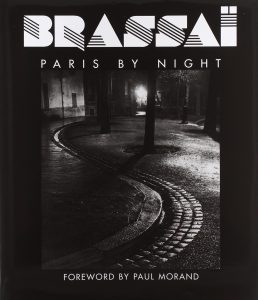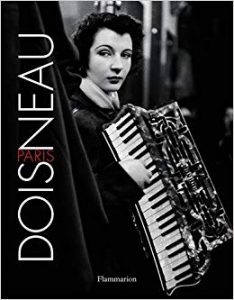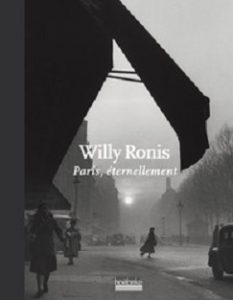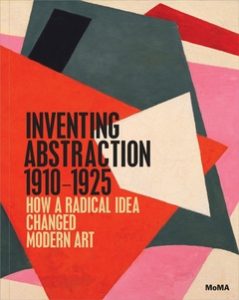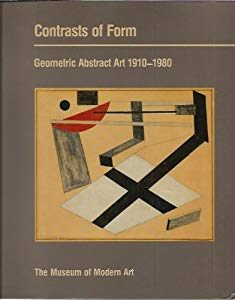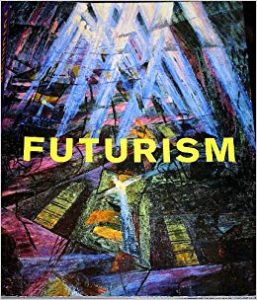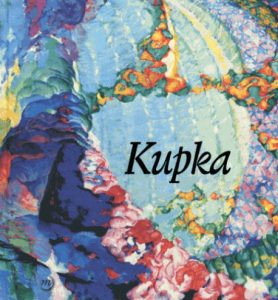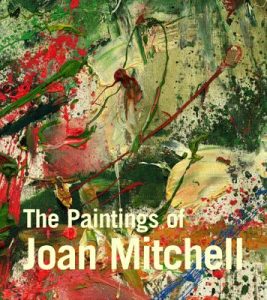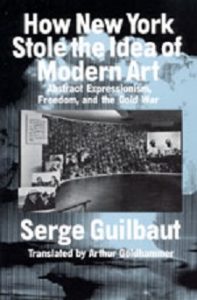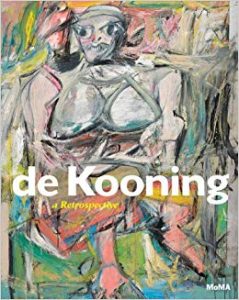
Essential reads by Viet Thanh Nguyen
29 June 2018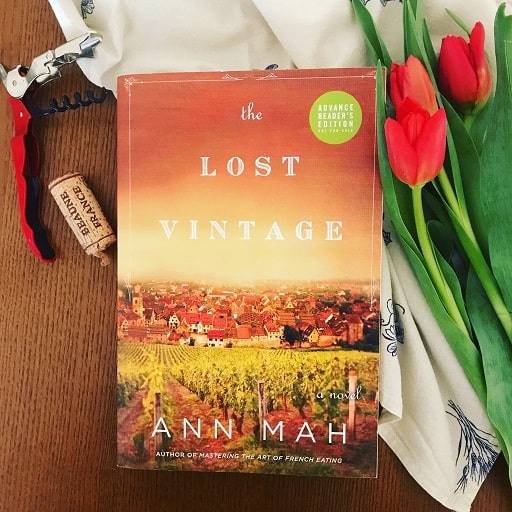
Former Library staff Ann Mah’s latest book
10 July 2018The Library is pleased to present the Culture Picks for the month of July, curated, researched and written by Library volunteer Mike Duffy. Our Picks this month include an exhibition of nearly 200 photographs by Willy Ronis, including family pictures, street photography, nudes, and everyday images. The Grand Palais pays spectacular homage to František Kupka with an exhibition that covers the long range of his career with 300 paintings, drawings, prints, books and posters. And finally, an exhibition on the influence of late Monet paintings shows how his work influenced a whole generation of American artists post WWII.
Guest blogger: Mike Duffy lives in Paris following his retirement from a career in university teaching and management. He spent his first 30 years in Pennsylvania (born in Pittsburgh, college and grad school in Philadelphia), then spent a bit more than that in California where he taught accounting and finance at the Universities of California (Berkeley), Southern California and San Francisco. He can now be found in art museums, historic sites, and concert halls throughout the city.
WILLY RONIS BY WILLY RONIS
PAVILLON CARRÉ DE BAUDOUIN
Through 29 September 2018
This is a great, engaging, fun, and all ‘round wonderful exhibition of nearly 200 photographs by someone who dedicated most of his 99 years to chronicling daily life. There is street photography, family pictures, several striking nudes, workers and strikers, but what remains with you are the joyful smiles on so many of those who are living everyday lives when captured by the camera of Willy Ronis,
Identifying with workers and ordinary people, Ronis illustrated the hard work of loading coal into large buckets or making and selling goods as street vendors. While his skill shows through in the lighting and contrasts, Ronis doesn’t romanticize work. He is showing how people lived, honestly and respectfully. And in the galvanizing image of Rose Zehner towering above her colleagues at the Citroen-Javel plant, exhorting them during a 1938 work stoppage, she is bold and forceful. As in many of his photos, the focus is clear and the central image highlighted. Over and over, Ronis’ use of light calls our attention to faces of, say, men sitting at a café table or a woman stepping up into a doorway.
Recommended books from the Library collection:
KUPKA, PIONEER OF ABSTRACTION
LE GRAND PALAIS
Through 31 July 2018
František Kupka, a daring pioneer of abstract painting whose brightly colored, geometric works convey his sense of the centrifugal force and harmony inherent in the universe, dominates the current Paris exhibition scene in the huge, very interesting exhibition “Kupka, Pioneer of Abstraction” at the Grand Palais until 31 July.
The core of the exhibition is dozens of paintings of colorful spirals or flat planes. There is something absolutely exceptional about the works as you can feel the music of creation and the the forces Kupka intuited were present in the world. He presented the first completely abstract painting in Paris, moving in a different direction from the Cubists who painted fractured people and objects, yet he believed he was painting reality as it can be perceived in its reflections and rhythms. Kupka believed individual colors, shapes and lines captured different concepts (the cosmic in reds, yellows, spirals and circles; an inward focus in blues, diagonals and verticals). His systematic approach is evident in the well organized displays, especially in two spaces where you see paintings using colorful vertical planes or lines. Immediately, the difference between these works and the spinning wheels of color strikes you, yet they all appear as part of his sense of an organic universe revealed in various mysterious ways.
Before devoting himself fully to abstract works, Kupka, a Czech who lived most of his 85 years in France, drew political cartoons and illustrated books in Art Nouveau style and painted people in brightly colored, Fauve style. His self-portrait in yellow and “Large Nude, Color Planes” (1909 – 1910) whose body in as colorful as a similar one by Matisse, for example, are as fine as those of any European artist at the start of the 20th Century. While in these works, we see his fascination with color, we are not fully prepared for the complete shift to the abstract style which will mark his work for the remainder of his life. This exhibition covers the range of Kupka’s long career through 300 paintings, drawings, prints, books and posters. “Kupka” gives this overlooked artist the overdue recognition he deserves.
Recommended books from the Library collection:
WATERLILLIES: AMERICAN ABSTRACTION AND THE LAST MONETS
MUSÉE DE LA ORANGERIE
Through 20 August 2018
I didn’t expect to like much about this exhibition, but I should have known better. “Waterlilies: American Abstraction and Last Monets” is a superb presentation of the influence of the very late Monet paintings of his Giverny garden on a generation of American artists who were seeking something new, something different, something liberating after World War II. They saw Monet’s gauzy, nearly non-representational works at the Orangerie after its 1952 re-opening and at New York’s Museum of Modern Art after the insightful curator Alfred H. Barr Jr. bought one in 1955, and they transformed their own work and created the most significant art movement in mid-century America.
As you walk down the stairs to the Orangerie’s exhibition space, a huge Joan Mitchell painting—“The good-bye door” (1980) welcomes you with its warm blues and greens, its long, dynamic brush strokes, and its rather raw vitality. This work by an American who moved to a cottage near Giverny seems to be a deliberate reminder of the waterlily paintings before we enter the exhibition proper. Once you return upstairs to see the final part of the exhibition, you will see a rich blue/green, abstract Ellsworth Kelly painting, “Tableau vert” (1952). Kelly painted this after spending time at Giverny with Monet’s nearly abandoned, mostly abstract late paintings of waterlilies. It is a fitting piece of American abstraction placed just as you enter what has been called the “Sistine Chapel of Impressionism.”
Some of these painters built on the Impressionists use of color and light, but they abandoned attempts to portray people or nature in any direct way. Elaine De Kooning tells us that the Impressionists tried to capture optical effects of nature while she and her colleagues sought the optical effects of spiritual states. These abstract painters instinctively expressed something about themselves as much as about anything else. And two exceptional acrylics from 1963 by Helen Frankenthaler stunned me with their strong, luxurious fluid colors and fully represent the Abstract Impressionist label that Elaine De Kooning coined. The titles “Riverhead” and “Milkwood Arcade” let us know that Frankenthaler was following Monet by painting nature, but clearly she is reflecting her inner state more than trying to capture the natural scenes which inspired her. The light lyricism of Impressionism also shows through in the paintings of Sam Francis, Morris Louis and Philip Guston in these galleries.
Abstract expressionists also built on the example of the late Monet, but their works express inner feelings more than reflecting their impressions of nature. This difference is perfectly captured in a room with two short film clips. One shows Monet looking at his garden, dabbing paint on an upright canvas, then looking again at the garden. The other shows Jackson Pollack moving around a canvas placed on the floor, dribbling or brushing paint without looking up, without reflection or reference to the world around him. A Pollack painting next to a late Monet employing a similar palate, though, clearly shows the connection between the generations.
In addition to works by Frankenthaler and Mitchell, the 50 canvasses on display include major Abstract Impressionist and Abstract Expressionist artists: Willem De Kooning, Philip Guston, Mark Rothko, Barnett Newman and Sam Francis. This exhibition illustrates an Impressionist – Matisse – Monet legacy in the work of these American painters. Their works are filled with vitality, include amorphous blending of colors and clearly reflect an awareness of the materials used in creating art. It is our good fortune that there are two exhibitions of different streams of modern art on display in Paris right now: “Kupka” at the Grand Palais until 30 July and “Chagall, Lissitzky, Malévitch … The Russian Avant-Garde in Vitebsk (1918-1922) until 16 July at the Pompidou Center. The former shows the sweep of a career devoted to geometric, colorful, abstract, very carefully constructed, formal works, while the latter mainly chronicles spare, very geometric, black and white, theoretically inspired works. While both of those shows involve the influence of the theory and rationality, “Waterlilies: American Abstraction and Last Monets” takes us into the inner world of feelings and impressions of a truly gifted group of American painters.
Recommended books from the Library collection:



